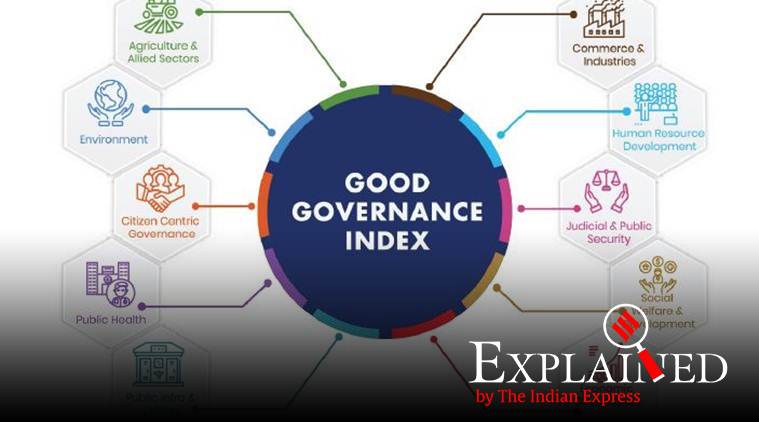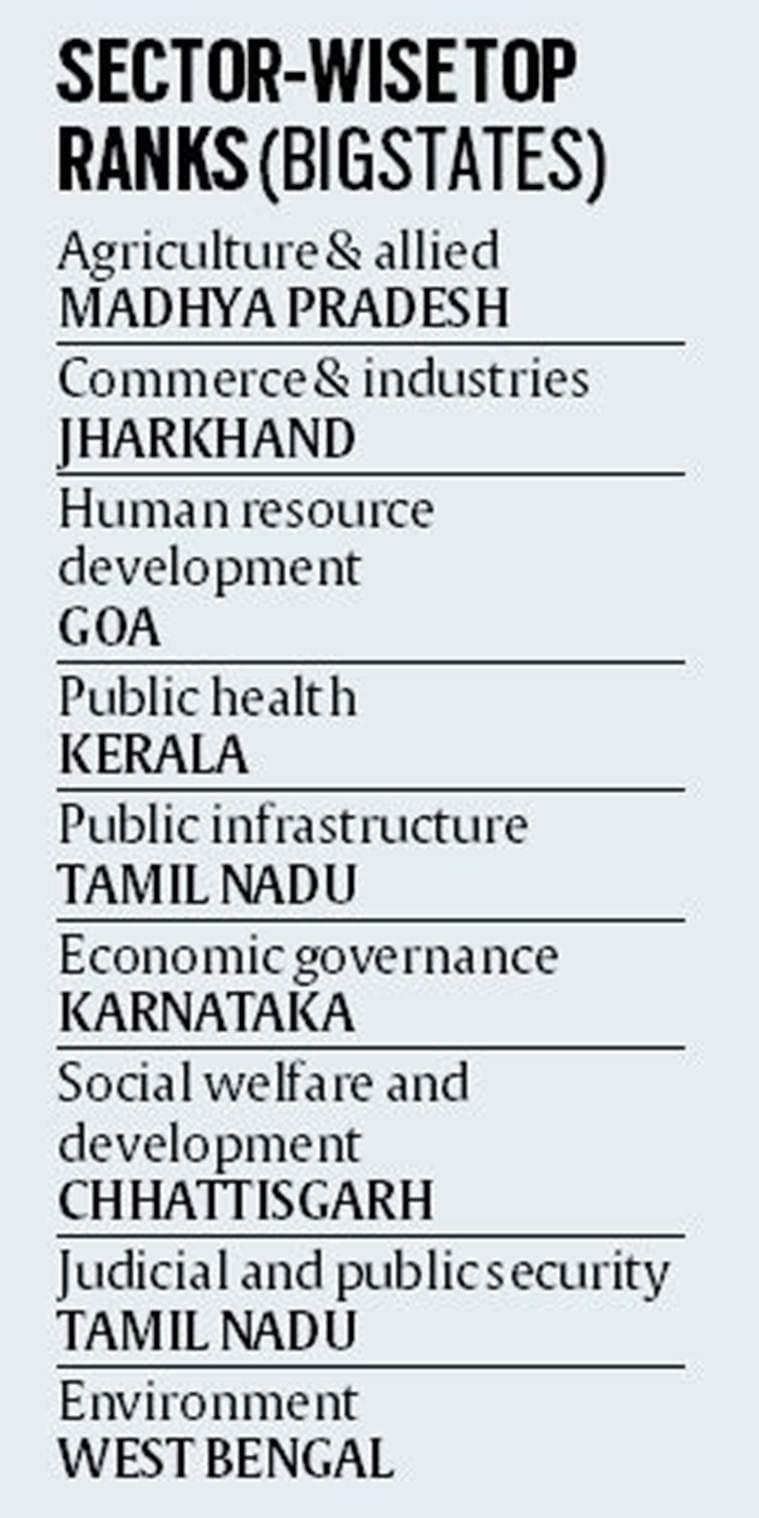Explained: How to measure governance in Indian states
According to a press release issued by the Ministry of Personnel, Public Grievances and Pensions, GGI is a uniform tool that will help in assessing the status of governance and the impact of interventions undertaken by governments across all states and UTs.
 GGI is a uniform tool that will help in assessing the status of governance and the impact of interventions undertaken by governments across all states and UTs.
GGI is a uniform tool that will help in assessing the status of governance and the impact of interventions undertaken by governments across all states and UTs.
On Wednesday, Minister of State for Personnel Jitendra Singh launched the Good Governance Index (GGI). December 25, the birth anniversary of former Prime Minister Atal Bihari Vajpayee, was declared Good Governance Day by Prime Minister Narendra Modi in 2014.
Minister Singh said the GGI had been “scientifically designed” to reflect various parameters of governance.
According to a Good Governance Index Report submitted to the Department of Administrative Reforms and Public Grievances in the Ministry of Personnel, Public Grievances and Pensions, “Good governance can be referred as an effective and efficient process of decisionmaking and the process by which decisions are implemented (or not implemented) keeping the amelioration of citizens as the topmost priority. Resource allocation, creation of formal establishments, setting up rules and regulations etc., are part of achieving this goal.”
Good Governance Index (GGI)
According to a press release issued by the Ministry of Personnel, Public Grievances and Pensions, GGI is a uniform tool that will help in assessing the status of governance and the impact of interventions undertaken by governments across all states and UTs.

“The objectives of GGI are to provide quantifiable data to compare the state of governance in all states and UTs, enable states and UTs to formulate and implement suitable strategies for improving governance and shift to result oriented approaches and administration,” it says.
Measuring performance of states
GGI will consider 10 sectors: agriculture and allied sectors, commerce and industries, human resource development, public health, public infrastructure and utilities, economic governance, social welfare and development, judicial & public security, environment, and citizen-centric governance.
These sectors will be assessed on the basis of over 50 indicators, which have been assigned different weights. Scores will be summed up to reach composite scores.
For instance, under the agriculture and allied sector, there are six indicators — growth of the sector has a weight of 0.4; growth rate of foodgrains production has a weight of 0.1; growth rate of horticulture produce and growth rate of milk production too, have weights of 0.1.

Performance under the sector of judicial and public security will be judged by indicators including conviction rate, availability of police personnel, and the proportion of women police personnel.
States and Union Territories are ranked separately. The states and UTs have been grouped into three categories: big states, Northeast and hill categories, and UTs.
On the index, Tamil Nadu has got the highest score (5.62), followed by Maharashtra, Karnataka, and Chhattisgarh (5.4, 5.1, and 5.05) respectively.
Among the Northeastern and hill states, Himachal Pradesh is at the top with a score of 5.22, followed by Uttarakhand, Tripura, and Mizoram at 4.87, 4.5, and 4.41 respectively.
In the list of environment rankings, West Bengal is on top, followed by Kerala, Tamil Nadu, and Bihar.
In economic governance ranking, Karnataka leads, followed by Maharashtra, Telangana, Gujarat, and Tamil Nadu.
- 01
- 02
- 03
- 04
- 05






































